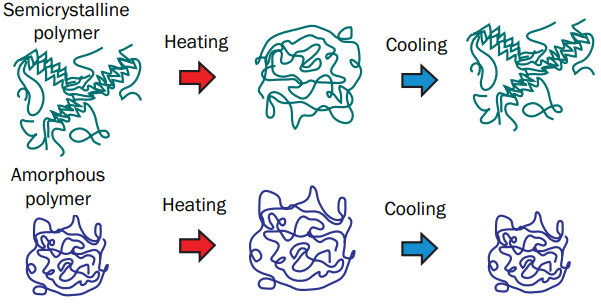Found 1 results
Article
27 April 2025Steel and Aluminium Moulds: Comparative Analysis of Optimal Parameters to Inject Amorphous and Semicrystalline Polymers
The thermoplastic injection moulding process is very important in the plastics industry, as it enables automated production, supports high productivity and allows the production of plastic parts with complex geometries. It is possible to split into two large groups of polymers: amorphous and semicrystalline. Cooling rate and other injection moulding parameters have a great influence on the final properties of the plastic part. Regarding the use of aluminium as cavity material in injection moulds, new variables must be included in the analysis, since its thermal properties are significantly different from those presented by steels, which are traditionally used. In this way, the purpose of this study was to evaluate the effect of aluminium and steel cavities on different types of thermoplastics belonging to the two classes of polymers by assessing the injection parameters of a high-production part (automotive cup holder). In terms of productivity factors, moulds made of aluminium using semicrystalline polymers showed more significant reductions in cycle time compared to amorphous materials. Specifically, polypropylene exhibited a cycle time reduction between 40.6% and 52.5% when compared to steel moulds, while polyamide showed an even more substantial reduction, ranging between 56% and 63.5%. As for warpage, the amorphous materials displayed the lowest values for both types of moulds, but they also exhibited greater variations in isothermal simulations compared to semicrystalline materials. In relation to the mould materials, aluminium mould exhibited the lowest warping results and smaller variations compared to the isothermal analyses for all polymers.
